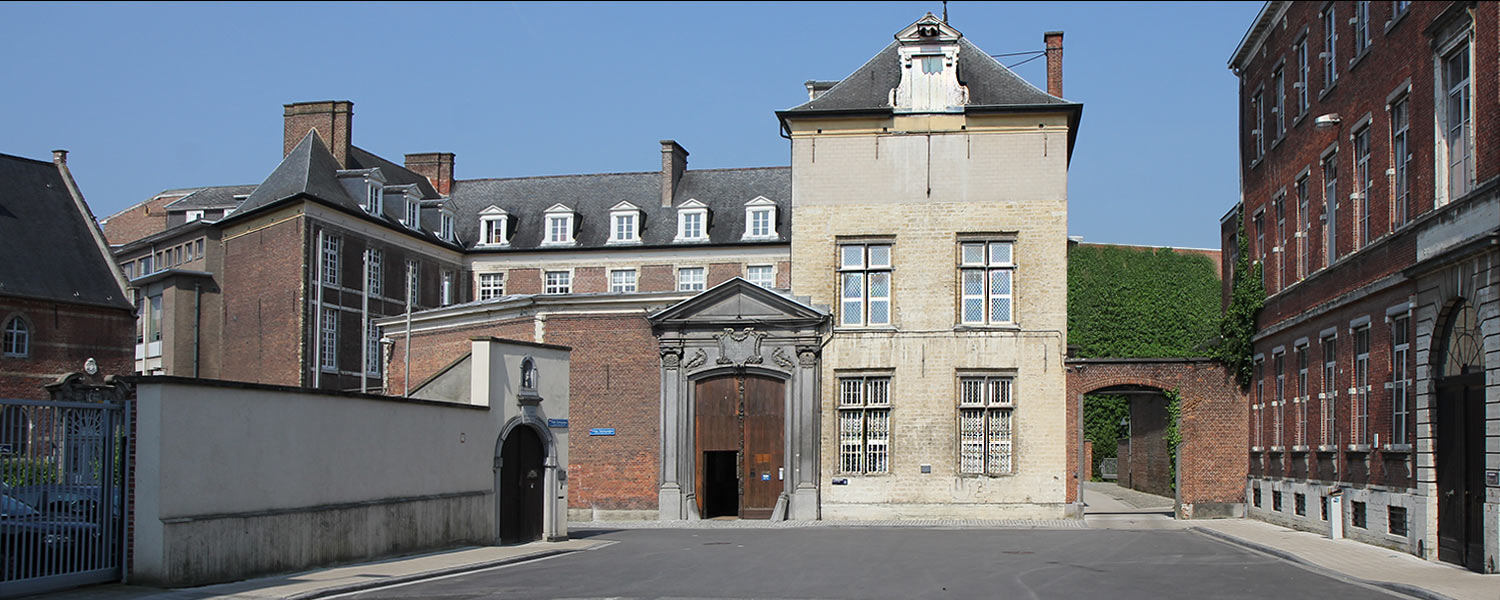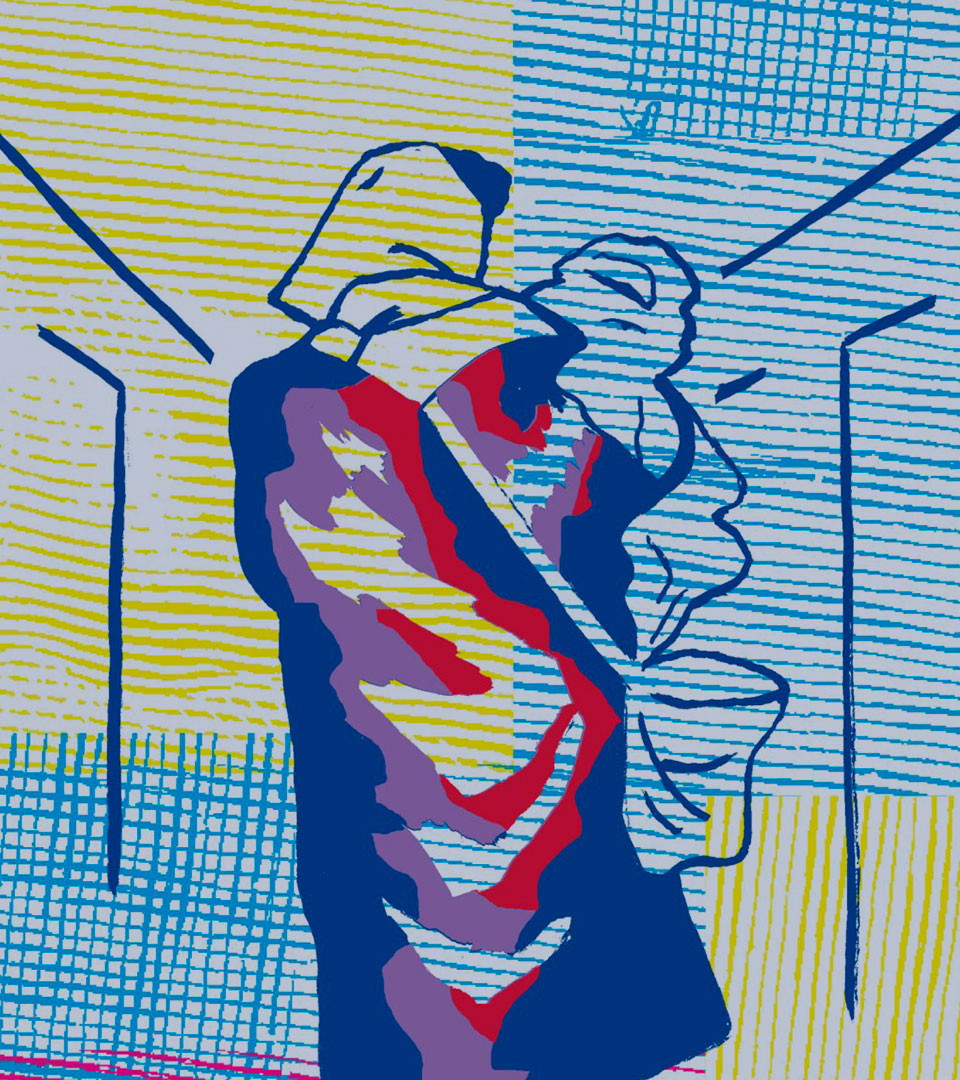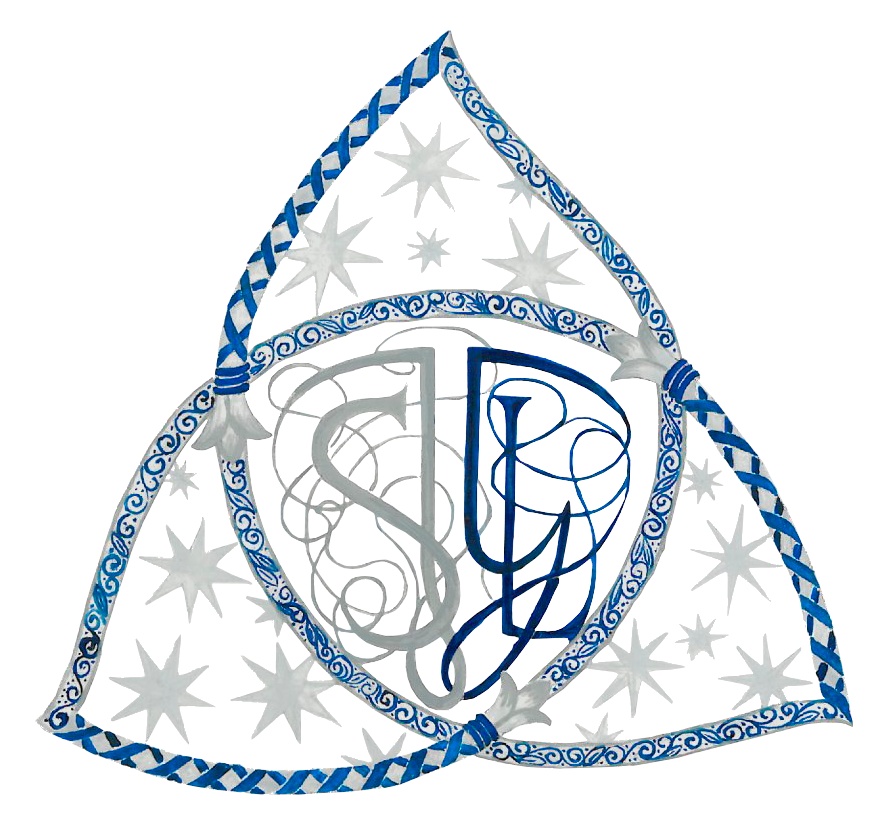A new glass window in the 18th century entrance hall by the artist Jan Vanriet has restored the splendour of perhaps the most historic university college in Leuven, which for centuries was an intellectual and cultural bridge between the Netherlands and Belgium.
The College of Holland was founded in 1617 in order to provide lodging for students from the bishopric of Haarlem (Netherlands) studying theology at the Catholic University of Leuven. Its first president was the famous theologian Jansenius. At the beginning the College was housed in the residence of count Vandenberghe de Limminghe. As result of many donations, it could be fundamentally rebuild in the middle of the 18th century, giving it the characteristic outlook of other university colleges in the city, with an impressive entrance gate and living quarters in u-shape.
The building and its rich interiors survived the confiscation during the occupation by French revolutionaries, thanks to its habile and republican minded president. It was finally turned it into a famous school for girls which was taken over later by a religious order. A few years ago it was purchased by the University, which now uses it as a centre for cross-scientific dialogue (‘Metaforum’) and for concerts in the beautiful chapel.
The College of Holland is the only university college in Leuven whose architecture and rich interiors have survived nearly intact since the 18th century. Unfortunately, the glass windows were destroyed in the second world war. The new glass window by the famous artist Jan Vanriet has brought a modern interpretation of the traditional Virgin Mary, whose name was always attached to the college.

See further www.kuleuven.be/hollandscollege and www.janvanriet.com
The Schepers-Lijnen Fund made possible the realisation of a new glass window in the entrance hall.





